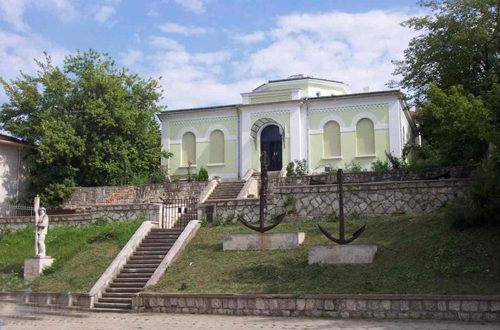

During its millennium existence Tutrakan is connected to the fishing craft, fishing nets knitting and boat workshops. Many families used to make their living by this ancient craft. Survived through the years, we find Tutrakan in the 19th c. with an exclusive, original and unique for Bulgaria appearance. The city is an established center of the Danube fishing.
At the beginning of the XX c. There are more than 5000 fishermen in Tutrakan. 1000 boats could be seen on the river harbour. This occupation does a specific atmosphere and appearance of the city comparing with many other settlements on the Danube bank.
Ethnographic museum – Danube Fishing and Boat Construction is established in 1974 and it`s one of a kind along Danube river. It is established to preserve the rich material and spiritual culture, social structure and lifestyle of Bulgarians from the Danube fishing villages.
The exposition is arranged in 7 halls and 2 interiors – a monument of culture from the beginning of the XX century. In chronological sequence are exhibited original fishermen’s instruments from the Antiquity and devices, which are used in the present time. Original fishing devices from the Antiquity and used in nowadays tools and equipment are presented in a chronological sequence. Original fishing rods and hooks from bone and copper, harpoons, clay leads for fishing nets, iron orifices, different types of nets, made by Tutrakan fishermen from vegetal fibres – sturgeon net, fishing – net, perch pike – net, small fry fish – net, etc. are shown. Photographs and black and white drawings explain the way of fishing in the settlements along the Lower Danube. Except the shown fishing belongings, you can get an idea about the social organization of the fishermen, accountancy, the inner structure of their homes, their spiritual culture.
There is a section for boat construction, which developed in the region since the Roman period. There was a vessel repair workshop in the Antique castle Transmariska. In the end of the 19-th century boats from Tutrakan were being exported to Romania, Serbia, Austria, etc.
